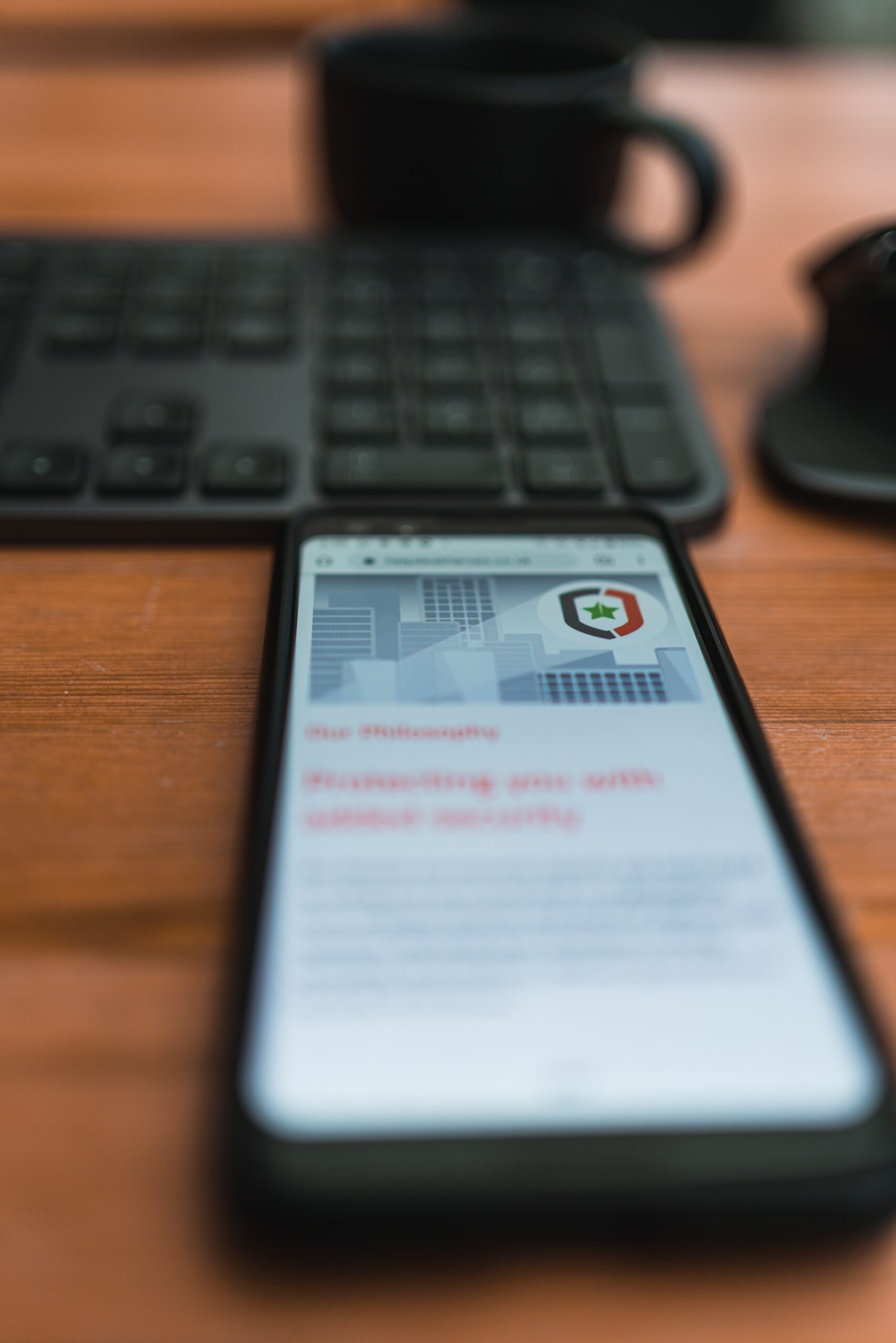Introduction
In today’s digital age, smartphones have become an integral part of our lives. We use them for communication, banking, shopping, and even storing personal information. With so much sensitive data at stake, it’s crucial to understand the security features of our smartphones and adopt best practices to protect our privacy. In this blog post, we will explore the various security features available on smartphones and provide some valuable tips to ensure your data remains secure.
Understanding Smartphone Security Features
1. Passwords and Biometric Authentication
One of the first lines of defense for your smartphone is a strong password or PIN. It’s essential to choose a unique and complex password that is not easily guessable. Many smartphones also offer biometric authentication options such as fingerprint or facial recognition. These features provide an added layer of security and make it more difficult for unauthorized individuals to access your device.
2. App Permissions
When you install a new app on your smartphone, it often asks for various permissions to access certain features or data. It’s crucial to review these permissions carefully and grant access only to the necessary ones. Be cautious of apps that request excessive permissions or access to sensitive information that is unrelated to their functionality.
3. Encryption
Encryption is a powerful security feature that converts your data into an unreadable format, making it difficult for unauthorized individuals to access it. Most modern smartphones offer encryption options that you can enable to protect your data. It’s highly recommended to enable encryption, especially if you store sensitive information on your device.
4. Remote Tracking and Wiping
In case your smartphone gets lost or stolen, having the ability to track and remotely wipe your device can be a lifesaver. Many smartphones come with built-in features that allow you to locate your device using GPS and remotely erase all the data on it. Make sure to enable these features and keep them up to date to safeguard your privacy.
5. Operating System Updates
Operating system updates are not just about adding new features; they often include important security patches. It’s crucial to keep your smartphone’s operating system up to date to ensure you have the latest security fixes. Set your device to automatically install updates or regularly check for updates manually.
Best Practices for Smartphone Security
1. Use a Secure Lock Screen
As mentioned earlier, a strong password or PIN is the first line of defense for your smartphone. Avoid using easily guessable patterns or common passwords. Consider using a longer passphrase or a combination of letters, numbers, and special characters to enhance the security of your lock screen.
2. Be Cautious of Public Wi-Fi
Public Wi-Fi networks can be a breeding ground for hackers. Avoid accessing sensitive information or making financial transactions while connected to public Wi-Fi. If you must use public Wi-Fi, consider using a virtual private network (VPN) to encrypt your internet traffic and protect your data.
3. Install Apps from Trusted Sources
Stick to official app stores such as Google Play Store or Apple App Store to download and install apps. These platforms have strict security measures in place to minimize the risk of downloading malicious apps. Be wary of third-party app stores or websites that may host potentially harmful apps.
4. Regularly Review App Permissions
Periodically review the permissions granted to installed apps on your smartphone. Revoke permissions for apps that no longer require access to certain features or data. This helps minimize the potential risk of apps accessing your personal information without your knowledge.
5. Enable Two-Factor Authentication
Two-factor authentication adds an extra layer of security to your online accounts. Enable this feature whenever possible, especially for accounts that contain sensitive information. Two-factor authentication typically requires you to provide a second form of verification, such as a code sent to your smartphone, in addition to your password.
Conclusion
Protecting your privacy on your smartphone is essential in today’s digital world. By understanding the security features available on your device and adopting best practices, you can significantly reduce the risk of unauthorized access to your personal information. Remember to use strong passwords, review app permissions, enable encryption, keep your operating system up to date, and follow the best practices outlined in this blog post. Your privacy matters, and with the right precautions, you can enjoy the benefits of your smartphone while keeping your data secure.



 The Ethics of AI Content: Bias, Truth, and Ownership
The Ethics of AI Content: Bias, Truth, and Ownership  Serverless Architecture: The Ultimate Guide for Developers
Serverless Architecture: The Ultimate Guide for Developers  AI Translating Ancient Texts: A Digital Rosetta Stone
AI Translating Ancient Texts: A Digital Rosetta Stone  Improving Mental Health Diagnostics with Technology
Improving Mental Health Diagnostics with Technology  How Tech Creates More Inclusive Banking for All
How Tech Creates More Inclusive Banking for All  Beyond Passwords: The Future of Authentication Is Here
Beyond Passwords: The Future of Authentication Is Here  Backtest Crypto Trading Strategies: A Complete Guide
Backtest Crypto Trading Strategies: A Complete Guide  NFT Standards: A Cross-Chain Guide for Creators & Collectors
NFT Standards: A Cross-Chain Guide for Creators & Collectors  Decentralized Storage: IPFS & Arweave Explained Simply
Decentralized Storage: IPFS & Arweave Explained Simply  How to Calculate Cryptocurrency Taxes: A Simple Guide
How to Calculate Cryptocurrency Taxes: A Simple Guide  Your Guide to Music NFTs & Top Platforms for 2024
Your Guide to Music NFTs & Top Platforms for 2024  TradingView for Crypto: The Ultimate Trader’s Guide
TradingView for Crypto: The Ultimate Trader’s Guide